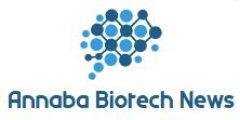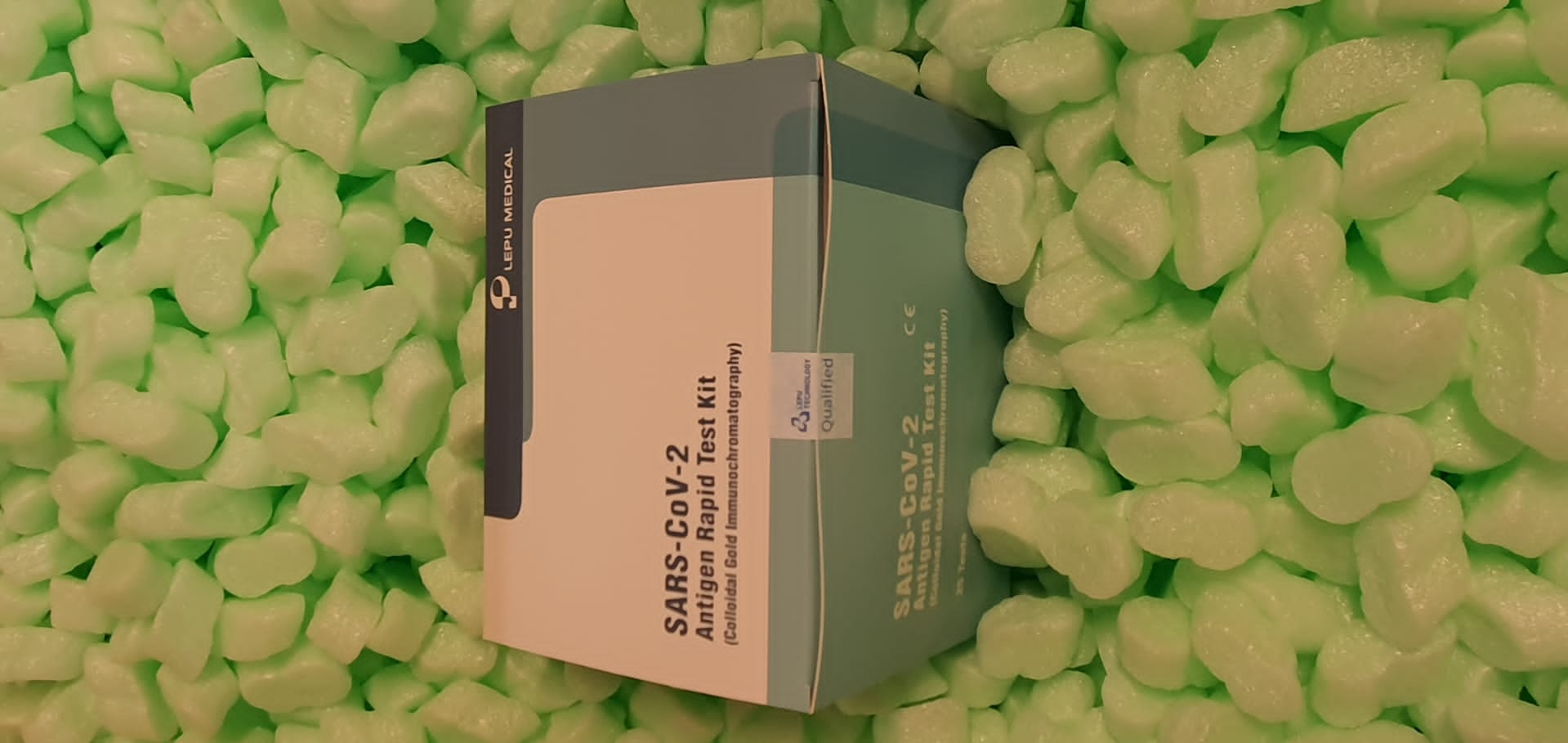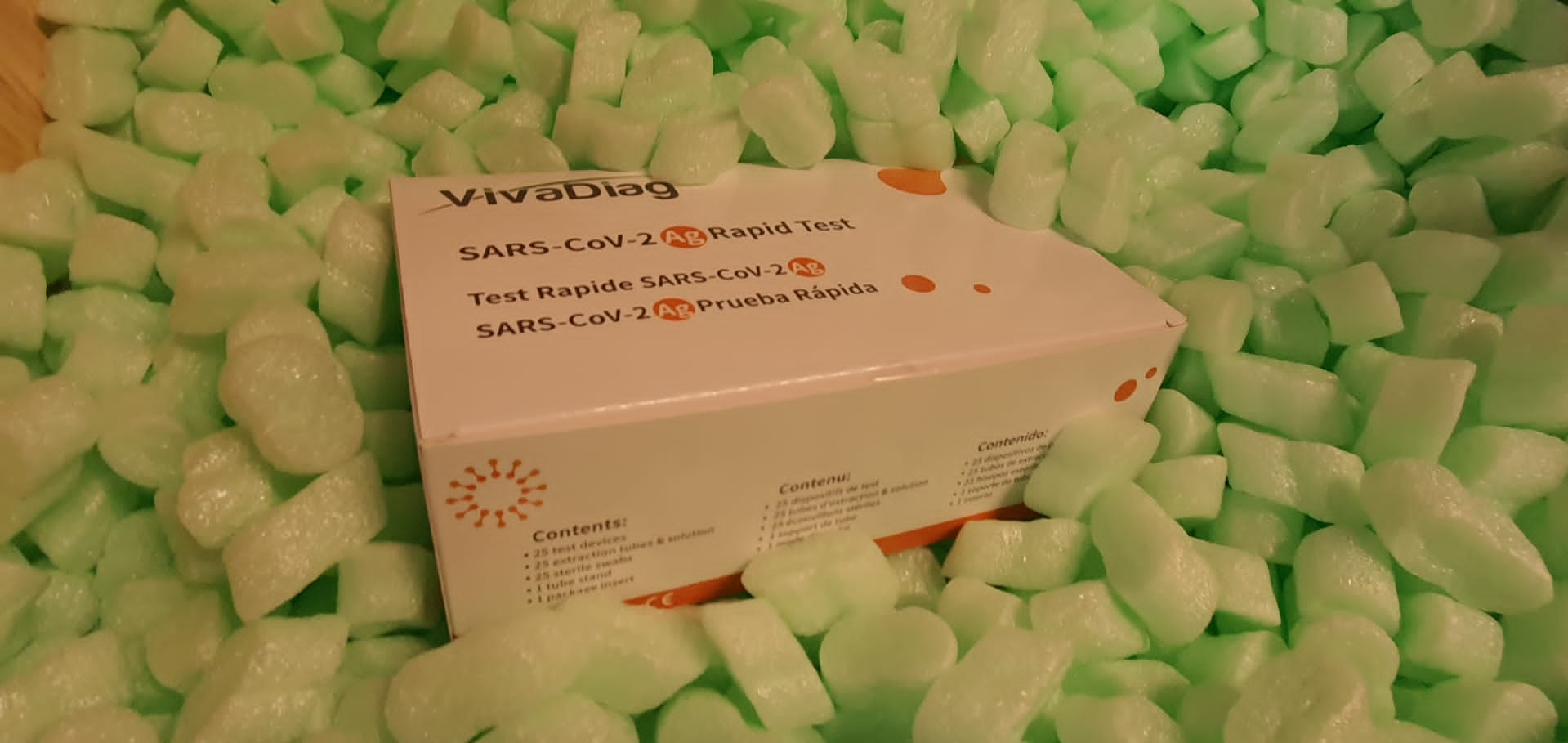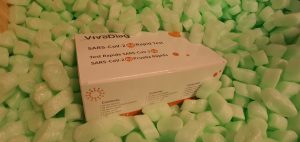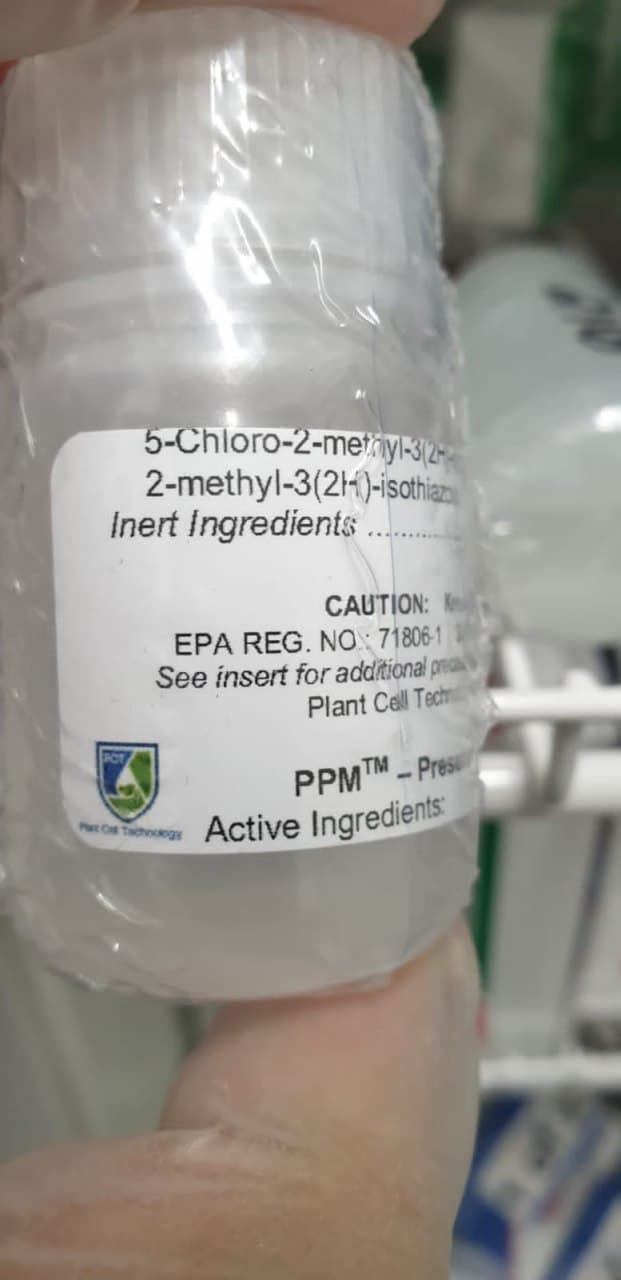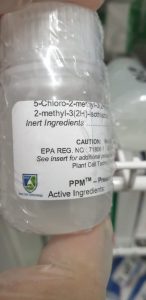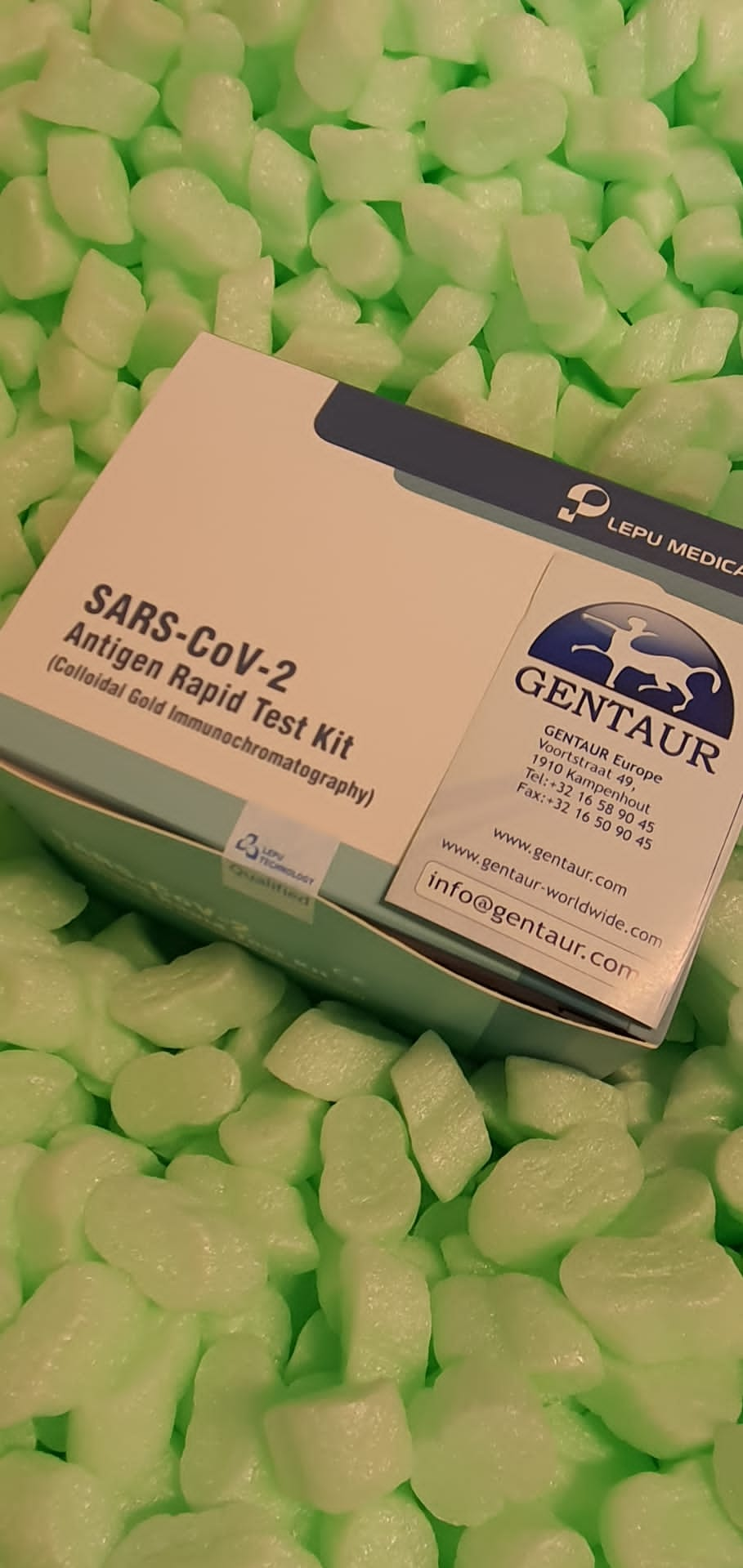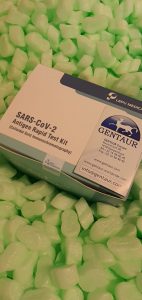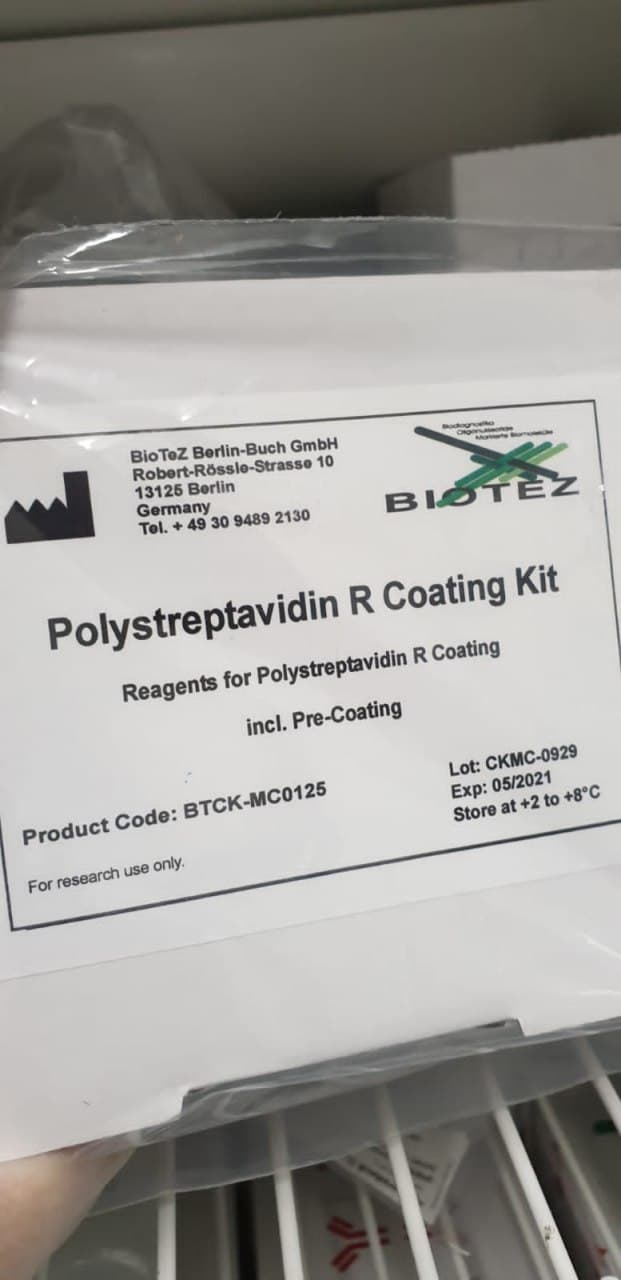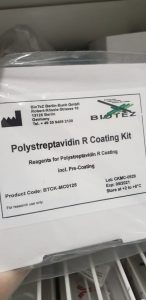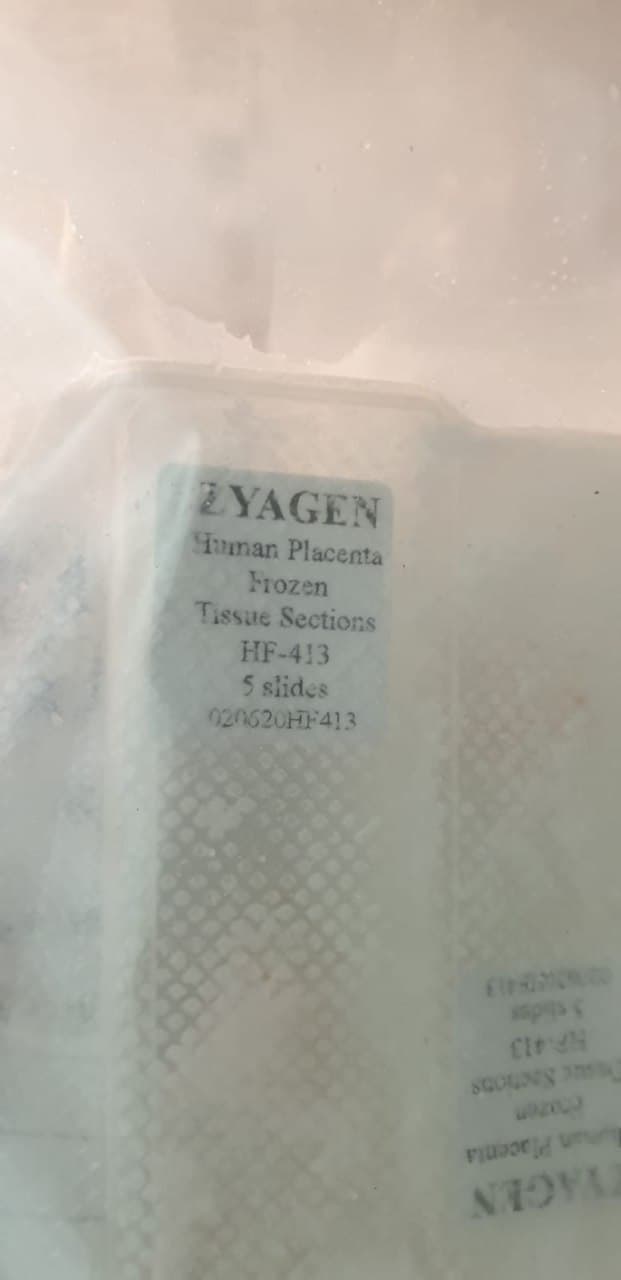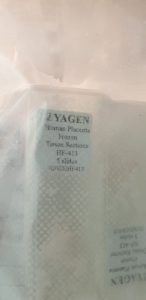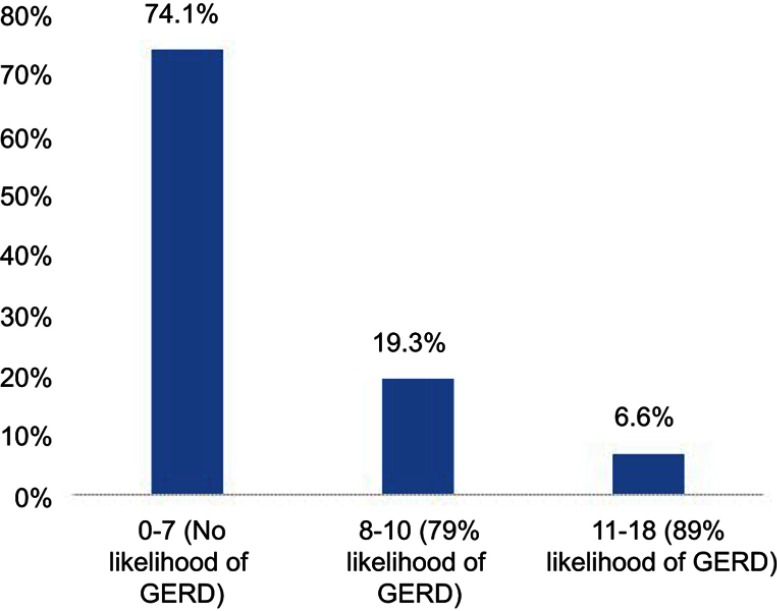Impact of Service User Video Presentations on Explicit and Implicit Stigma towards Mental Illness amongst Medical Students in Nepal: A Randomized Controlled Trial
This research evaluated the influence of didactic movies and service consumer testimonial movies on psychological sickness stigma amongst medical college students. Two randomized managed trials had been performed in Nepal. Study 1 examined stigma discount for melancholy. Study 2 examined melancholy and psychosis. Participants had been Nepali medical college students (Study 1: n = 94, Study 2: n = 213) randomized to a few situations: a didactic video primarily based on the psychological well being Gap Action Programme (mhGAP), a service consumer video about residing with psychological sickness, or a management situation with no movies. In Study 1, movies solely addressed melancholy.
In Study 2, movies addressed melancholy and psychosis. In Study 1, each didactic and service consumer movies diminished stigma in comparison with the management. In Study 2 (melancholy and psychosis), there have been no variations among the many three arms. In abstract, didactic and service consumer movies had been related to decreased stigma when content material addressed solely melancholy. However, no stigma discount was seen when together with melancholy and psychosis. This calls for contemplating totally different methods to handle stigma primarily based on kinds of psychological sicknesses
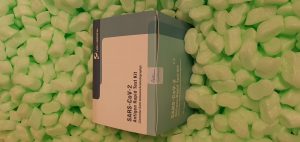
Specific mindfulness traits shield towards destructive results of trait anxiousness on medical pupil wellbeing throughout high-pressure durations
Medical training is very demanding and proof exhibits that medical college students are thrice extra vulnerable to deteriorating bodily and psychological well being than the common school pupil. While trait anxiousness might additional enhance such danger, little is thought about the position of trait mindfulness in mitigating these results. Here we look at the protecting position of particular mindfulness aspects as mediators in pathways from trait anxiousness to perceived stress, psychosomatic burden and sleep-wake high quality in medical college students, throughout repeated measurements all through the primary trimester of the varsity 12 months.
Specific aspects of Nonjudging of interior expertise and Acting with consciousness proved to be the simplest mediators. Findings spotlight that the useful position of mindfulness aspects in mitigating destructive penalties of trait anxiousness on medical pupil wellbeing is revealed in high-pressure durations and when self-regulation is required probably the most.
Preclinical medical college students enrolled in the second 12 months of the Medical School of University of Bologna accomplished self-report questionnaires inspecting character traits in addition to bodily and psychological wellbeing. Data had been collected in the beginning (Time 1: N = 349) and the top of the primary trimester (Time 2: N = 305). As college students approached the top of the trimester and upcoming exams, reported ranges of perceived stress, psychosomatic issues and difficulties in wakefulness elevated considerably in comparison with the start of the trimester.
[Linking template=”default” type=”products” search=”Anti-Inflammatory Peptide 1 10mg” header=”2″ limit=”134″ start=”4″ showCatalogNumber=”true” showSize=”true” showSupplier=”true” showPrice=”true” showDescription=”true” showAdditionalInformation=”true” showImage=”true” showSchemaMarkup=”true” imageWidth=”” imageHeight=””]
Mediation outcomes confirmed that trait anxiousness predicted such outcomes whereas the protecting position of mindfulness aspects in mitigating these results was important solely at Time 2. Cultivating consciousness and nonjudgmental acceptance of 1’s interior experiences is an important self-regulation useful resource that may assist medical college students maintain their wellbeing as they be taught and all through their high-pressure training and skilled careers.
